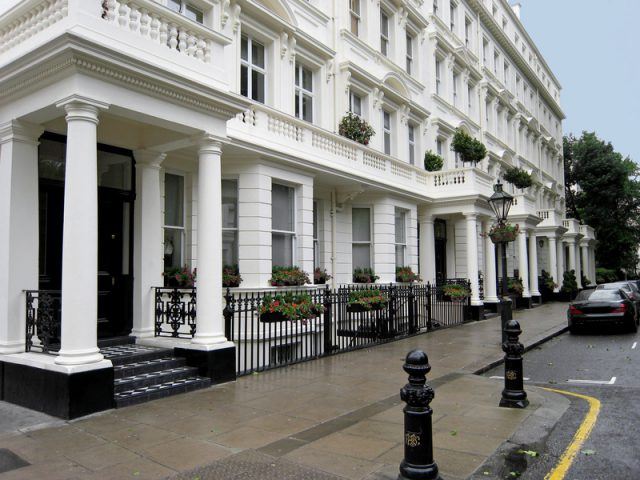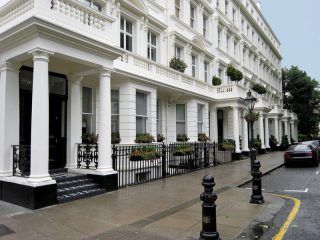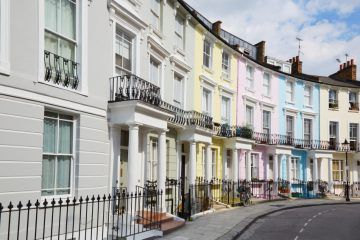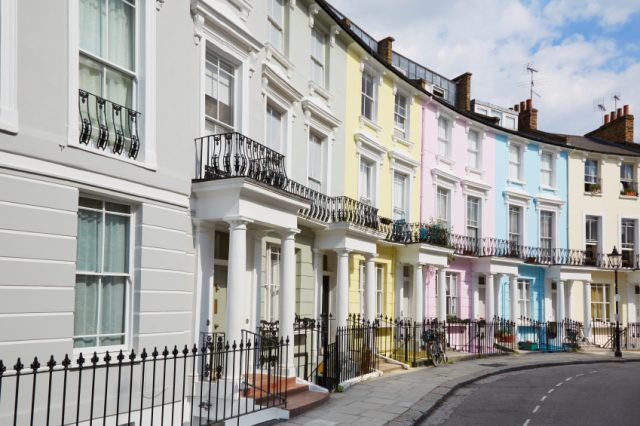Prime London House Prices Pulled Down by Taxes and Brexit
Prime London house prices were pulled down by higher taxes and apprehensions over the Brexit vote last year, as vendors accepted more realistic offers, according to estate agent Savills.
But while owners of prime London properties were forced to rein in their expectations, housebuilder Persimmon reported rising revenues from sales of less expensive homes across the UK.
Savills reports that prime London house prices dropped by 6.9% last year, while in the capital as a whole, values declined by 4.9%.
However, the agent believes a collapse in property sales had slowed, as sellers adjusted asking prices to reflect increases in Stamp Duty and the slowdown caused by Brexit.

Prime London House Prices Pulled Down by Taxes and Brexit
Lucian Cook, the UK Head of Residential Research at Savills, says this helped to ease the slump in sales volumes seen since April, when the 3% Stamp Duty surcharge for additional homes was introduced, which triggered a rush to complete on transactions.
He explains: “After that peak, you had a lull in transactions, which was compounded by Brexit, leading to a very slow summer market. Since the vote, we’ve seen a further softening, but, in the post-summer period, there have been progressively improving transaction levels.
“Sellers became much more realistic on price, as they adjusted to the market reality.”
The amount of £1m homes sold in 2016 was down by 21% annually, according to data firm Lonres. However, this represented a strong rebound from the three months to July, when sales volumes slumped to half of 2015 volumes following the Stamp Duty hike.
Sales of £5m homes in the 11 months to the end of November proved more resilient, at 17% lower than 2015, reports Savills, with transactions equalling £3.7 billion.
And the most expensive homes, worth more than £20m, resisted any downturn at all, with £1.4 billion spent on sales in the first 11 months of the year, compared to £1 billion the year before.
The 6.9% decline in prime London house prices was not, claims Savills, as steep as the 9% fall it predicted earlier in the year.
Nevertheless, Cook warns vendors that they should not see improved conditions as an indicator that prices are due to rise again.
“Improved transaction levels are the result of adjusted pricing, and should not been seen as a precursor to price rises in the foreseeable future,” he insists. “High Stamp Duty rates and the uncertainty created by negotiations to leave Europe will still need to be factored into expectations on value.”
Savills expects prime London house prices to remain stagnant for the next two years, as values have dropped by 12.5% since December 2014, when the Government increased Stamp Duty on the most expensive homes.
While Savills reported lower prime London house prices, housebuilder Persimmon enjoyed rising revenues, as the availability of mortgages helped to boost prices for less expensive homes.
The firm’s average selling price rose by 4% to £206,700, boosting its sales by 8%, to £3.1 billion, while legal home completions grew by 599, to 15,171.
“Sales reservations through the autumn season were strong, with healthy customer demand for new homes,” says the firm. “Buying a new build home remains a compelling choice, supported by competitive mortgage offers, which continue to make a new home purchase very affordable.”




